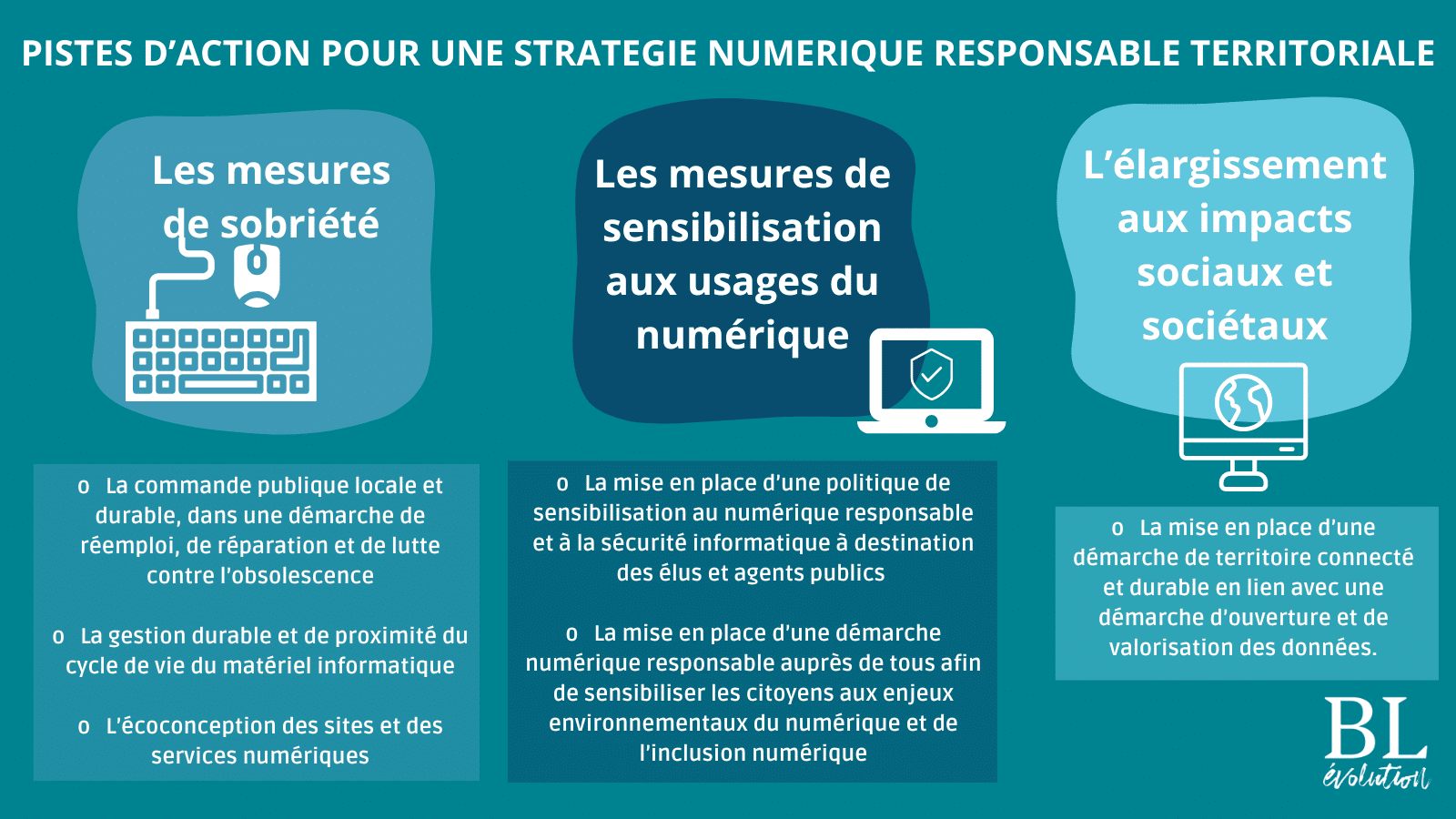Digitization has profoundly changed professional dynamics, prompting companies from various sectors to rethink their operational strategies in the face of the challenges of the digital world. This process is not limited to a simple technological transition; it indeed entails a fundamental change in how companies interact, operate, and respond to the needs of their customers. By understanding the stakes of digitization and examining concrete case studies, it becomes easier to grasp the implications and benefits associated with this digital transformation. Furthermore, it is essential to explore the different digital perspectives that are emerging in this constantly evolving context.
Table of Contents
ToggleThe stakes of digitization in the contemporary world
Digitization represents a set of challenges and opportunities that transcend the boundaries of business sectors. This phenomenon affects both large companies and SMEs, redefining their way of operating and their interactivity with the external environment. One of the main challenges lies in adopting modern technologies to remain competitive in an increasingly saturated market.

Technological adoption and competitiveness
Companies must invest in digital tools to improve their operational efficiency. This includes solutions such as integrated management software, the use of big data for analyzing customer behavior, as well as the implementation of automated systems. Leading brands in digitization, such as Amazon and Netflix, perfectly illustrate how technology can not only optimize operations but also transform the customer experience. These industry giants demonstrate that technological innovation is crucial for maintaining relevance in the market.
The challenges of digital transformation
Despite the undeniable advantages, digital transformation is not without obstacles. Companies must overcome internal resistance, often tied to a traditional corporate culture. Moreover, data security and the management of risks associated with the implementation of new technologies raise legitimate concerns. A case study in the financial sector demonstrates that institutions that neglected cybersecurity suffered significant financial losses due to data breaches.
Digital case studies: significant examples

Examining specific case studies allows for a better understanding of how companies from various backgrounds have successfully addressed digitization. These stories serve as inspiration and valuable learning for other organizations. Let us analyze some relevant examples that highlight different approaches to digitization.

Case 1: The transformation at Carrefour
Carrefour, one of the global leaders in the retail sector, has launched a series of initiatives to strengthen its digital presence. The introduction of its e-commerce platform has allowed the company to target a broader audience while providing personalized experiences to its customers. The digitization of internal processes has also enabled better inventory management and increased responsiveness to consumer demands.
Case 2: The education sector and innovation
Another striking example comes from education, where institutions have integrated digital tools to facilitate learning. By using learning management systems (LMS), teachers can track students’ progress and tailor content to specific needs. This represents a significant change in the traditional pedagogical approach, where the focus is now on engagement and interactivity.
Perspectives on the future of digitization
As we move towards an increasingly digitized future, several trends are emerging, including the growing importance of artificial intelligence and the Internet of Things (IoT). The healthcare sector, for example, is investing heavily in digitization to improve clinical services and patient data management. These innovations raise ethical and societal questions while opening new avenues for research and development.

Digitization strategies for tomorrow’s businesses
Every business must develop a digitization strategy tailored to its specific context. This includes evaluating existing processes, identifying opportunities for automation, and fostering a culture of innovation. Companies must also anticipate technological changes to avoid being outpaced by competitors.
Innovation and resilience: driving forces of digital transformation
Organizational resilience in the face of market disruptions was highlighted by the recent COVID-19 pandemic. Companies that had previously invested in their digital transformation proved better prepared to navigate the challenges imposed by the crisis. The ability to quickly adapt to new market conditions will be a key determinant of future success.
@mika_storm You won’t regret making this!! (Times may be different) #pullapartpizza #fyp #fy #foryou #foryoupage
♬ Roses – Imanbek Remix – SAINt JHN
Summary table of the stakes and benefits of digitization
| Stakes of digitization | Potential benefits |
|---|---|
| Sustainable adoption of advanced technologies | Improvement of operational efficiency |
| Integration of AI and automation | Reduction of operational costs |
| Data management and cybersecurity | Strengthening customer trust |
| Culture of innovation within teams | Improvement of customer satisfaction |
| Digital licenses and employee training | Increase in productivity |
Digitization is much more than a simple technological process; it represents a real cultural and organizational evolution. Companies that succeed in embracing this transformation by integrating innovative solutions and adapting their organizational structure will greatly benefit in an ever-changing commercial landscape. The future belongs to those who dare to innovate and reinvent themselves in the face of digital challenges.
















